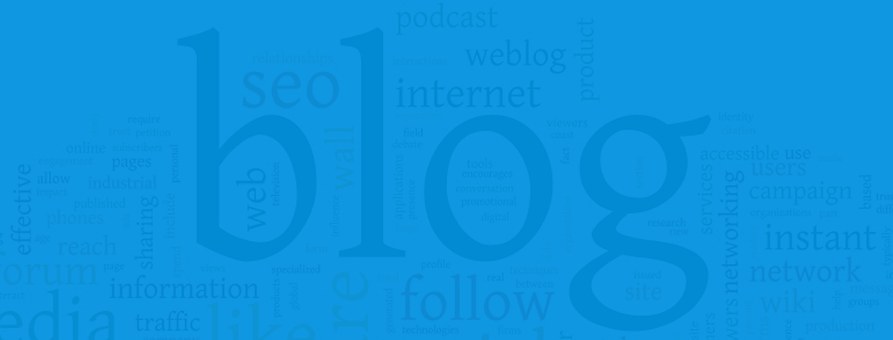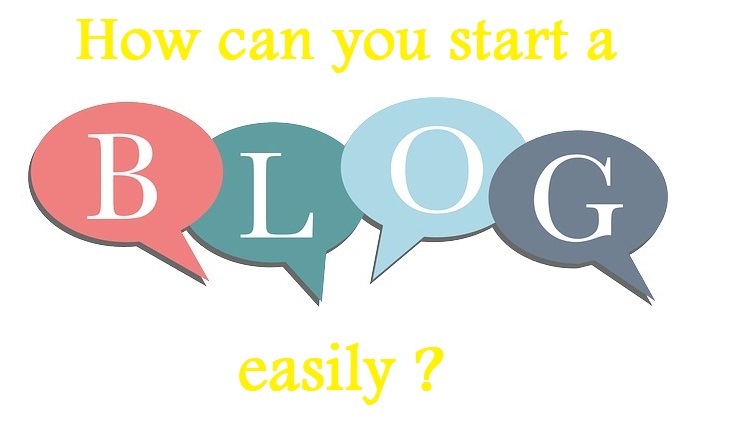Google said NO to guest blogging. Ok, well Matt Cutts did. Mostly. According to many who replied, his post was written with some pretty broad strokes. I do agree with it. Take it with a grain of salt, all of it.
As with everything in SEO (and most things in life), moderation is the key. The point Matt was trying to make is that Google is now actively penalizing low quality content. That includes sites with excessive low quality content. He also said:
I believe that Google has the right to defend our search results from low-quality or spam results in our opinion. +Matt Cutts
Which makes sense. If a person is only writing low quality content just to get a backlink, then yes, your content should get flagged as spam. It may even get the publishing site flagged as low quality and spammy too.
How to not write low quality content?
- Make sure your content is truly something readers need or want to know. It must be helpful, useful, relevant, answer a question, fill a need, a compilation of great resources, etc.
- Stats have shown that longer articles are shared more often. Read too? Well, if there are proper sub-headings and interesting photos or creative images included to break up walls of text, you bet. Sociable content is good content. The more shares an article gets, the more positive signals are sent to search engines.
- Add more than a single link in the article. A single link is a clear and obvious red flag that an article’s only purpose is to get a backlink. Adding many helpful and relevant resource links, or including citations (where you found your information) sends trust signals to Google. Multiple links also help validate the article. Include all of the statistical facts; put the authority references proving your saying or who else is mentioning it. The best approach is, as recommended by AGW SEO experts, try to link back to authority resources in your niche. It brings credibility in your content and also add value for the users.
- Try to avoid keyword rich / exact match anchor text that aims to manipulate search results in your self-serving links. These links should not help you rank. This is a major red flag for Google right now. Vary your link anchor texts, use non-keyword rich words instead. And make sure that all anchor link text reads naturally in the sentence it is in.
- Include a real author name ( low quality content authors don’t, or make them up) that uses ?rel=author in their G+ URL (or includes another social media profile link) sends trust signals to Google as well. A real person behind the article makes everything in it more believable. Using your G+ profile link in the article byline also helps build authority in the field you are in; helps build your reputation and networking efforts.
- Use creative commons images (or royalty free) with clear and direct URLs to their source. This sends trust signals to Google (and potential publishers too). Yet another way to prove to your readers that you’ve done your due diligence in sourcing relevant and interesting content (photos) for your article. Studies have shown than articles with images in them are read (and pinned) more often. Using images creatively can lure potential readers in.
- Only offer your content to high quality websites. While finding out what a high quality website is can often be unclear, there are some true indications (that do not include PR – page rank). Look for Domain Authority, Page Authority, MozTrust, and Alexa Rank. To name a few. I use www.Moonsy.com for this. It’s free, browser based, user friendly, and super fast to use.
It all adds up, right? If you did all the above, your articles are not likely to get flagged as low quality content. Regardless of being a guest post or not.




